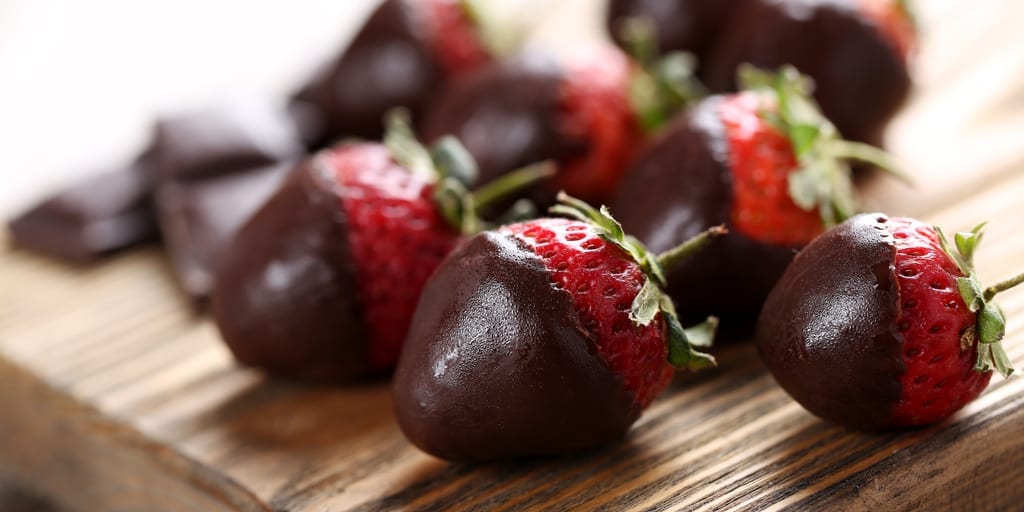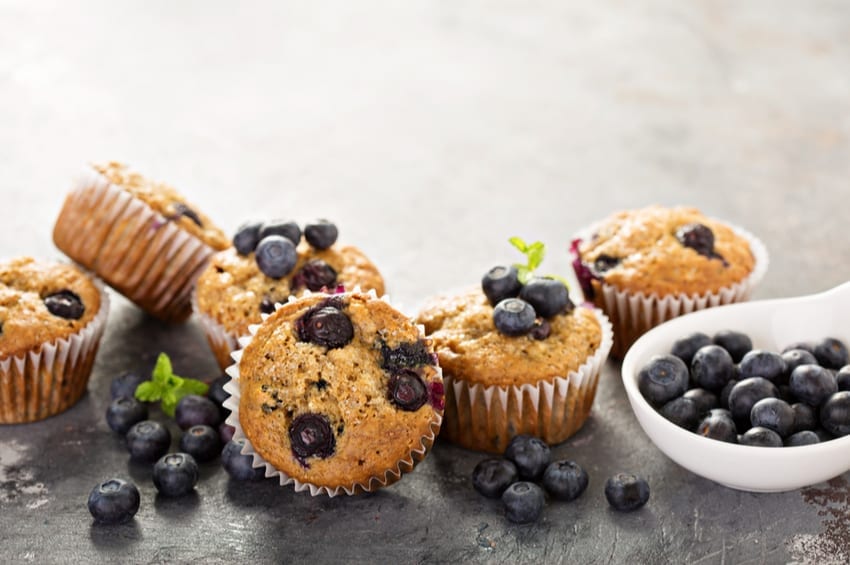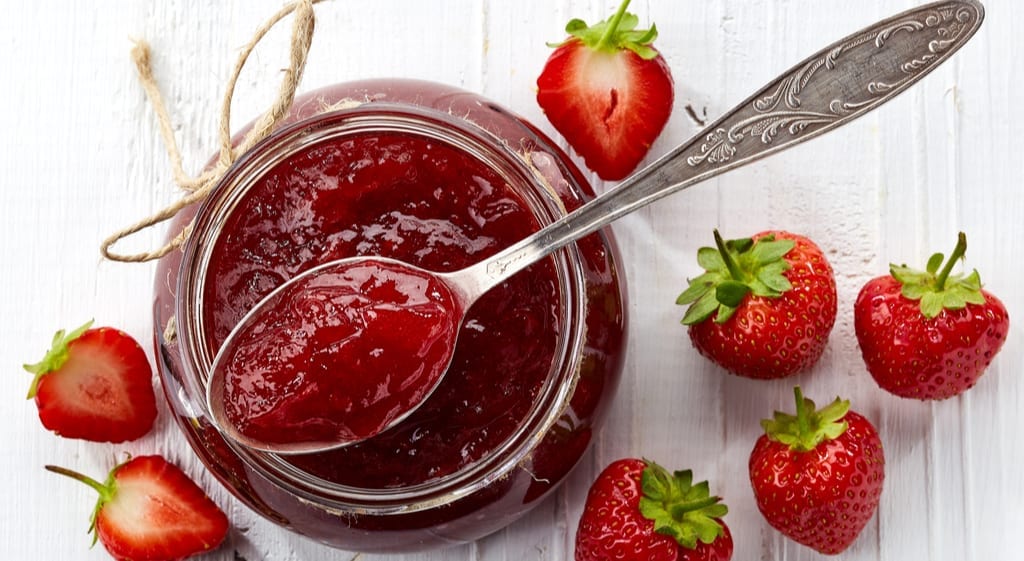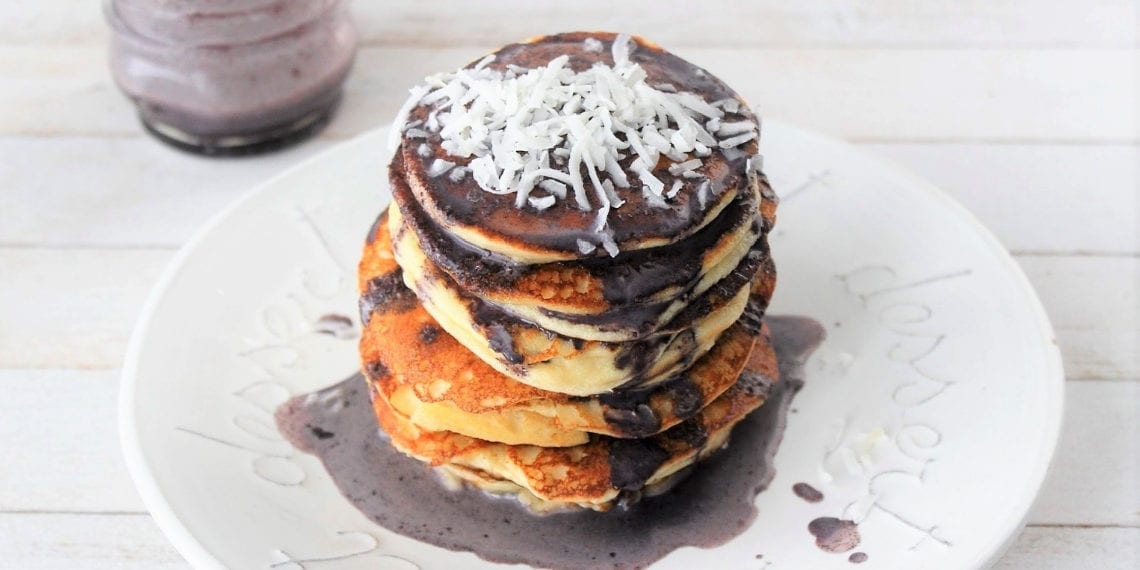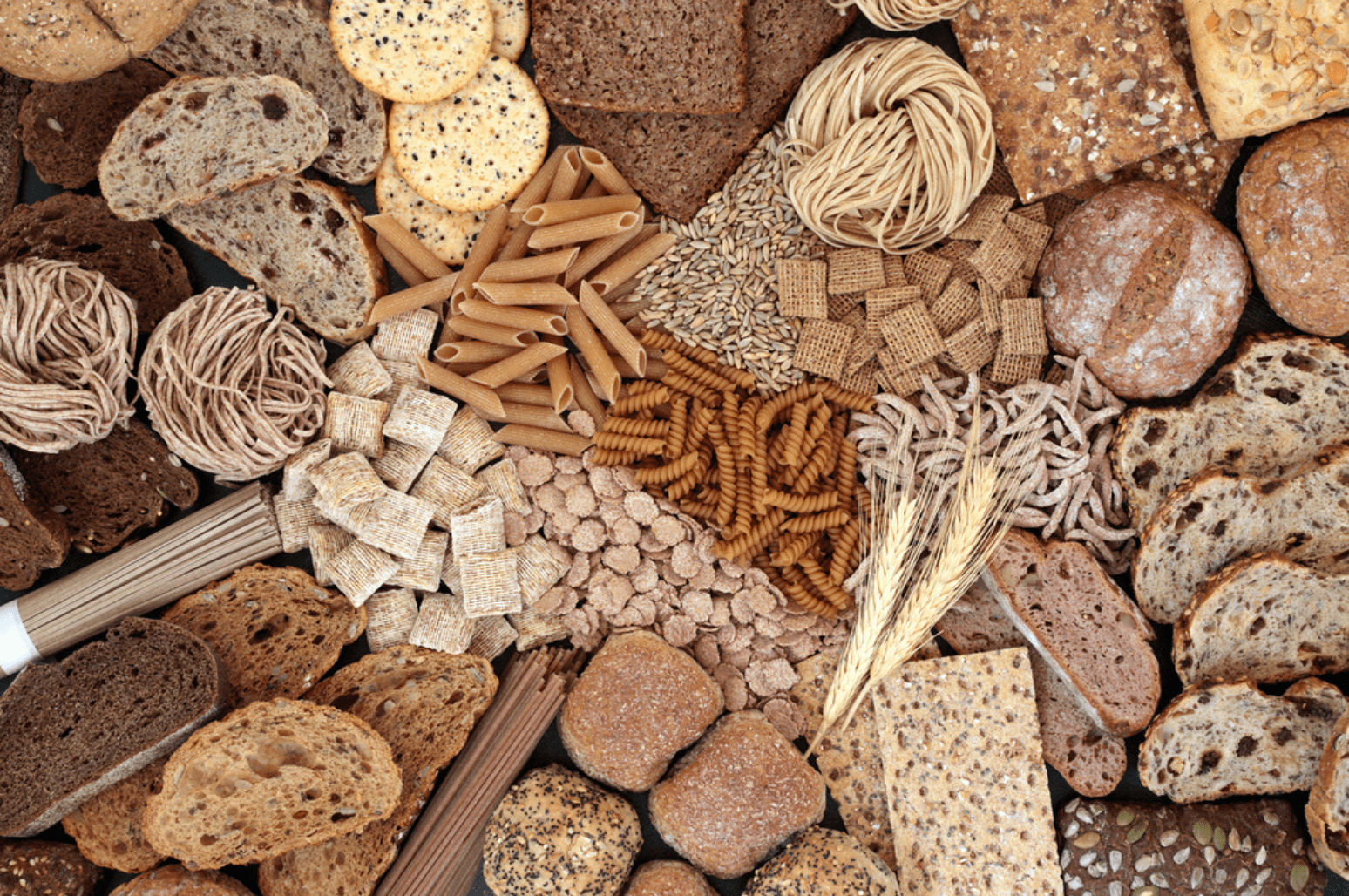
Berries give you a gratifying burst of color and flavor. Berries are a keto-friendly fruit option, and they deliver a range of health benefits. Let’s discuss the benefits of berries, why you should include berries in your ketogenic diet, and some palatable berrylicious recipes.
Health Benefits of Berries
Here are just some of the many health benefits of eating berries on any diet, especially a ketogenic diet.
1. Antioxidant-Rich
Berries are rich in antioxidants, which help prevent unstable molecules called free radicals from damaging your cells and leading to oxidative stress [1]. Berries contain antioxidants like ellagic acid, resveratrol, and anthocyanins that protect your cells and might reduce your risk of various diseases [2] [3]. The antioxidants in berries might help reduce oxidative stress [4] [5].

Blueberries are a hit in the health world because they’re low in calories, keto-friendly in moderation, and packed with antioxidants and nutrients. Studies show blueberries contain the most antioxidants compared to all commonly consumed vegetables and fruits. 3.5 ounces (100 grams) of blueberries has up to 9.2 mmol of antioxidants [6] [7].
2. Might Improve Blood Sugar and Insulin Response
Some studies suggest berries might protect your cells from high blood sugar levels, increase insulin sensitivity, and reduce insulin and blood sugar response to high-carb meals. These effects seem to happen in both healthy people and those with insulin resistance [8] [9] [10].
For example, in one six-week study, obese people with insulin resistance who drank a blueberry smoothie twice daily had more significant improvements in insulin sensitivity compared to those who consumed berry-free smoothies [11].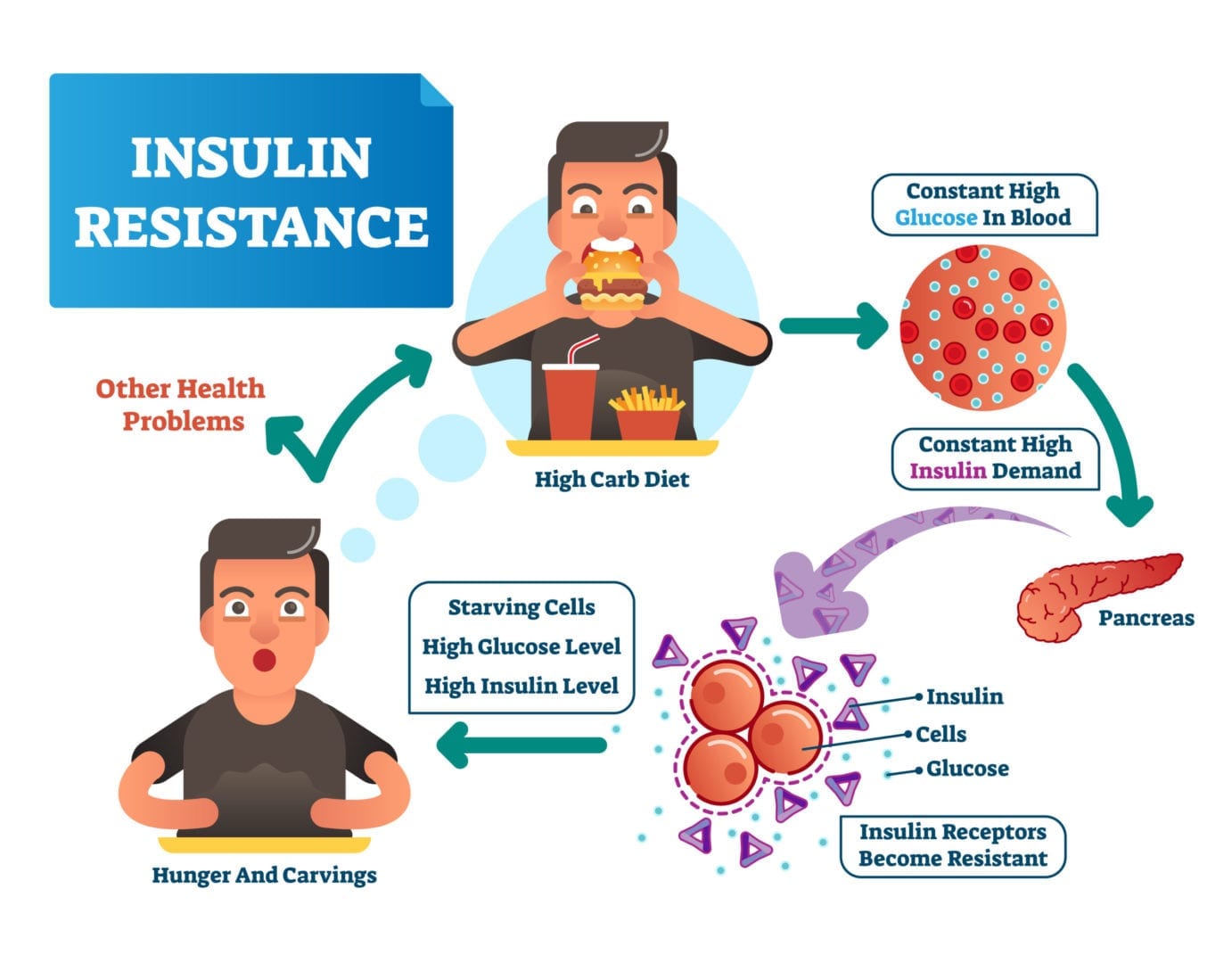
3. Good Source of Fiber
Berries are an excellent fiber-source. Studies show fiber might help with weight loss, digestion, and constipation [12] [13].
The high fiber content also means berries are low in digestible or net carbohydrates, making them a keto-friendly choice. For example, 1 cup of blackberries provides around 7 grams of net carbs. Strawberries are around 91% water, 7.7% carbohydrates, 0.7% protein, and 0.3% fat. 1 cup of strawberries provides less than 9 grams of net carbs. The carbs in strawberries come from simple sugars, such as fructose and glucose, but the high fiber content makes them a keto-friendly choice. Strawberries also have a fairly low glycemic index (GI) score of 40. [14] [15].
4. Nutrient-Rich
When it comes to nutrients, berries certainly deliver. Berries, particularly strawberries, are high in vitamin C, with 1 cup (150 grams) of strawberries providing an impressive 150% of the RDI for vitamin C. Blackberries are another nutrient-rich example. Blackberries are rich in manganese, copper, folate, and vitamin K1. Berries are also some of the lowest-calorie fruits around [16] [17].
5. Might Reduce Inflammation
Berries exhibit powerful anti-inflammatory properties. Excessive and long-term inflammation is believed to contribute to a plethora of health conditions, including heart disease, obesity, and cancer. The antioxidants in berries might help reduce inflammatory markers [18] [19] [20] [21].
Keto-Friendly Berrylicious Recipes
Berries enhance plenty of dishes, from breakfast and brunch to dessert. Berries complement a salad or a Greek yogurt. Use berries to sweeten keto dishes and make smoothies, keto cakes, ice creams, and more.
Here are some keto-approved berrylicious favorites:
- Blackberry Cream Cheese Danish
- Chocolate Covered Strawberries
- Blueberry Muffins
- Strawberry Red Wine Jelly
- Blackberry Keto Margarita Popsicles
- Frozen Berry Yogurt Bark
- Strawberry Cream Cheese Danish
- Keto Strawberry Mousse
- Keto Raspberry Turnovers
- Blueberry Pancakes
References
Rahal, A., Kumar, A., Singh, V., Yadav, B., Tiwari, R., Chakraborty, S., & Dhama, K. (2014). Oxidative stress, prooxidants, and antioxidants: The interplay. Biomed Research Int.
Skrovankova, S., Sumczynski, D., Mlcek, J., Jurikova, T., & Sochor, J. (2015). Bioactive compounds and antioxidant activity in different types of berries. Int J Mol Sci, 16(10), 24673-24706.
Mazzoni, L., Perez-Lopez, P., Giampieri, F., Alvarez-Suarez, J. M., Gasparrini, M., Forbes-Hernandez, T. Y., Quiles, J. L., Mezzetti, B., & Battino, M. (2016). The genetic aspects of berries: From field to health. J Sci Food Agric, 96(2), 365-371.
Wolfe, K. L., Kang, X., He, X., Dong, M., Zhang, Q., & Liu, R. H. (2008). Cellular antioxidant activity of common fruits. J Agric Food Chem, 56(18), 8418-8426.
Burton-Freeman, B. M., Sandhu, A. K., & Edirisinghe, I. (2016). Red raspberries and their bioactive polyphenols: Cardiometabolic and neuronal health links. Advances in Nutrition, 7(1), 44-65.
Martineau, L. C., Couture, A., Spoor, D., Benhaddou-Andaloussi, A., Harris, C., Meddah, B., Leduc, C., Burt, A., Vuong, T., Le, P. M., Prentki, M., Bennett, S. A., Arnason, J. T., & Haddad, P. S. (2006). Anti-diabetic properties of the Canadian lowbush blueberry Vaccinium angustifolium Ait. Phytomedicine, 13(9-10), 612-623.
Prior, R. L., & Cao, G. (2000). Analysis of botanicals and dietary supplements for antioxidant capacity: A review. Journal of AOAC International, 83(4), 950-956.
Wolfe, K. L., Kang, X., He, X., Dong, M., Zhang, Q., & Liu, R. H. (2008). Cellular antioxidant activity of common fruits. Journal of Agricultural Food Chemistry, 56(18), 8418-8426.
Torronen, R., Sarkkinen, E., Tapola, N., Hautaniemi, E., Kilpi, K., & Niskanen, L. (2010). Berries modify the postprandial plasma glucose response to sucrose in healthy subjects. British Journal of Nutrition, 103(8), 1094-1097.
Torronen, R., Sarkkinen, E., Niskanen, T., Tapola, N., Kilpi, K., & Niskanen, L. (2012). Postprandial glucose, insulin and glucaogen-like peptide 1 responses to sucrose ingested with berries in healthy subjects. British Journal of Nutrition, 107(10), 1445-1451.
Stull, A. J., Cash, K. C., Johnson, W. D., Champagne, C. M., & Cefalu, W. T. (2010). Bioactives in blueberries improve insulin sensitivity in obese, insulin-resistant men and women. Journal of Nutrition, 140(10), 1764-1768.
Howarth, N. C., Saltzman, E., & Roberts, S. B. (2001). Dietary fiber and weight regulation. Nutrition Reviews, 59(5), 129-139.
Chutkan, R., Fahey, G., Wright, W. L., & McRorie, J. (2012). Viscous versus nonviscous soluble fiber supplements: Mechanisms and evidence for fiber-specific health benefits. Journal of Academy of Nurse Practitioners, 24(8), 476-487.
The University of Sydney. Strawberries, Fresh, Raw.
Silva, F. L., Escribano-Bailon, M. T., Alonso, J. J. P., Rivas-Gonzalo, J. C., & Santos-Buelga, C. (2007). Anthocyanin pigments in strawberry. LWT-Food Science and Technology, 40(2), 374-382.
Self Nutrition Data. Strawberries, Raw, Nutrition Facts & Calories.
Self Nutrition Data. Blackberries, Raw, Nutrition Facts & Calories.
Kolb, H., & Mandrup-Poulsen, T. (2010). The global diabetes epidemic as a consequence of lifestyle-induced low-grade inflammation. Diabetologia, 53(1), 10-20.
Martinez, V. B., & Gonzalez-Juanatey, J. R. (2009). Markers of inflammation and cardiovascular disease: Clinical applications of C-reactive protein determination. American Journal of Cardiovascular Drugs.
Joseph, S. V., Edirisinghe, I., & Burton-Freeman, B. M. (2014). Berries: Anti-inflammatory effects in humans. Journal of Agricultural Food Chemistry, 62(18), 3886-3903.
McAnulty, L. S., Nieman, D. C., Dumke, C. L., Shooter, L. A., Henson, D. A., Utter, A. C., Milne, G., & McAnulty, S. R. (2011). Effect of blueberry ingestion on natural killer cell counts, oxidative stress, and inflammation prior to and after 2.5h of running. Appl Physiol Nutr Metab, 36(6), 976-984.



